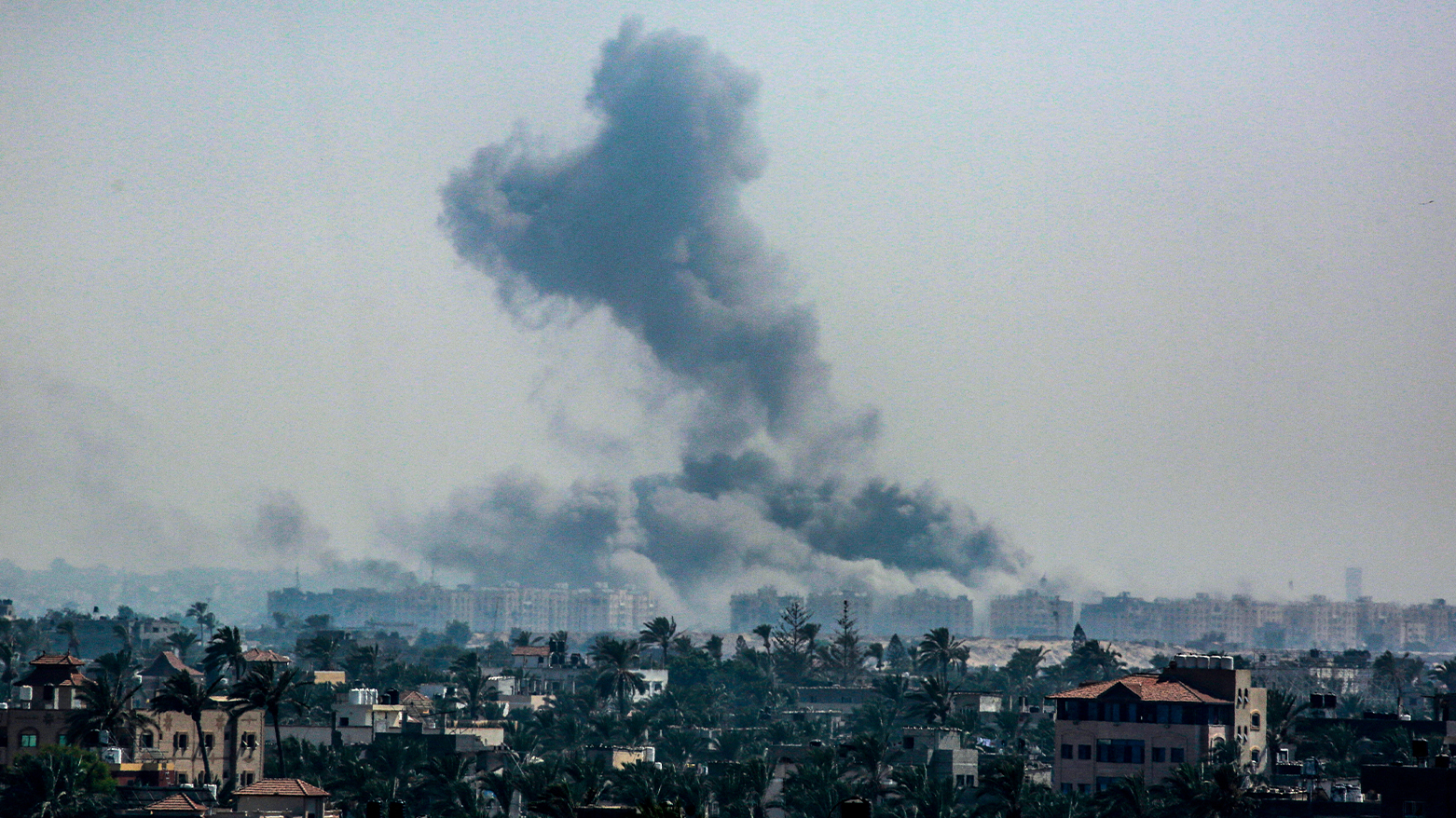U.S. Fails to Secure Gaza Ceasefire
The fundamental issue dividing Israel and Hamas is that Hamas wants a return to the status quo ante, before Oct. 7, while Israel wants to establish guarantees that what happened on that day will never happen again.

WASHINGTON DC, United States (Kurdistan 24) – U.S. Secretary of State Antony Blinken returned to Washington on Wednesday from his ninth trip to the Middle East since Hamas’s brutal Oct. 7 cross-border assault on Israel.
Blinken repeatedly affirmed the importance of securing a ceasefire between Hamas and Israel. And while visiting Israel on Monday, he did secure its agreement to a U.S. “bridging proposal,” based on a plan first articulated by President Joe Biden in late May.
Read More: Blinken Secures Israeli Agreement to Gaza Ceasefire; Pushing for Hamas’s Agreement
Blinken traveled the next day, on Tuesday, to Egypt and Qatar. The two countries support the U.S. bridging proposal, as Blinken explained, and they are also negotiating on behalf of Hamas.
However, Hamas has not accepted the U.S. proposal, and, so, the fighting continues.
Basic Dispute Between Israel and Hamas
The fundamental issue dividing Israel and Hamas is that Hamas wants a return to the status quo ante, as it was before Oct. 7, while Israel wants to establish guarantees that what happened on that day—the worst day for Jews since World War II—will not happen again.
On that day, which was a Jewish holiday marking the completion of the annual reading of the first five books of the Bible, some 3,000 fighters from Hamas and its allies crossed the border. They killed over 1,200 people and took some 250 others as hostages. They also committed rape on a massive scale, mostly against women, but also against men.
Indeed, Peggy Noonan, who was a speechwriter for President Ronald Reagan and is now a Wall Street Journal columnist, wrote, a mere five days after the attack, an important article, entitled “The October Horror is Something New.”
“It was savagery as strategy,” Noonan wrote, and “surely calculated to elicit a particular response,” even as just what Hamas expected that response to be was unclear.
In a later article about the mass rapes, Noonan cited a report in the London Sunday Times which quoted an Israeli police commander, “It’s clear now that sexual crimes were part of the planning, and the purpose was to terrify and humiliate people.”
Such attacks are usually committed by stronger armies against a weaker people, like the Japanese army rampaging through China in the period before World War II, or ISIS, as it attacked the Yezidis.
For weaker fighters to commit such horrific assaults on a people with a stronger military force, and, therefore, capable of massive retaliation, is very rare, if not unprecedented. So just what was the Hamas leadership thinking?
The big issue in the ceasefire negotiations is Israel’s demand to control small, but strategic, bits of territory in Gaza, so that Hamas (or any other party) cannot commit such atrocities again.
Hamas was able to smuggle weapons into Gaza through some 150 tunnels that it dug under its border with Egypt. Israel wants to control that border.
In addition, Israel wants to control a strip of territory in the middle of Gaza, so as to be able to monitor and restrict the movement of any fighters from north to south.
Hamas, for its part, wants to control all the territory that it controlled before Oct. 7, as if the atrocities it committed on that day could be easily forgotten.
What is Hamas Thinking Now?
Washington Post columnist, David Ignatius, is unusually well-informed, and his latest column is likely a reflection of the thinking of the Biden administration.
“Hamas has been silent on the ‘bridging proposal,” Ignatius wrote on Thursday, as he explained that the day before, U.S. officials had said “they’ve been waiting for Hamas to answer basic questions, such as the names of the hostages who will be released.”
“U.S. officials think Hamas leader Yehiya Sinwar, trapped underground in Gaza and running out of ammunition and supplies, favors the deal,” he continued. “But Hamas seems to be playing a waiting game, probably in the hope that Iran or Hezbollah will attack Israel”—and “transform the battlefield.”
However, Iran seems to have been deterred, at least for now, by a large U.S. military build up in the region, from retaliating against Israel for its July 31 assassination of the Hamas leader, Ismail Haniyeh, in Tehran, Ignatius suggested, as he described that as “the good news.”
“The bad news,” he continued, “is that Tehran is goading its proxy Hezbollah to attack, U.S. officials fear.”
